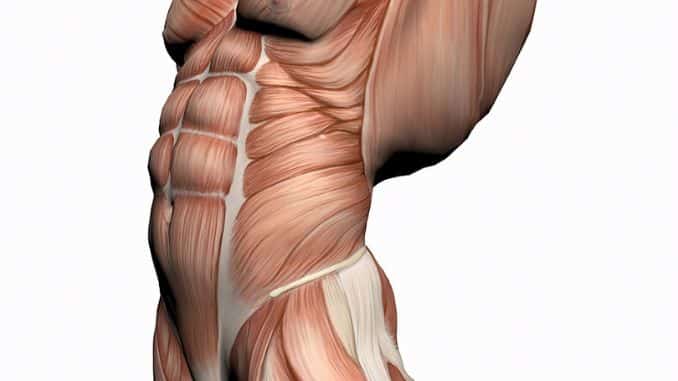
We have been talking about the core since the 90s. Even with fitness focused on the body for so long, most people don’t know what the center is. It includes everything from head to tailbone; you need it for every exercise! Over 200 muscles in your body connect and can affect many other parts of our bodies, including the heart, blood flow, breathing patterns, etc.
Core stability is the proper activation of the muscles around the abdominal area to support the lower back in static and dynamic positions. Fitness professionals focus on most core stability exercises that are supine (on your back) or seated. These are important positions but often are not the ones in which clients have difficulty activating their cores. Here are three core stability exercises often ignored by fitness professionals.
Core stability is the proper activation of the muscles around the abdominal area to support the lower back in static and dynamic positions. Fitness professionals focus on most core stability exercises that are supine (on your back) or seated. These are important positions but often are not the ones in which clients have difficulty activating their cores.
The positions that clients do have difficulty with are:
- The transition from lying to sitting
- The transition from sitting to standing
We have all experienced this or have had our clients let us know about it. Have you ever had a client that did a heavy day of yard work and the next day complained that his back was sore when he was getting out of bed?
Have you ever had a friend who had a baby who told you it is difficult to get up from sitting to standing after nursing? We may have heard these two examples and not thought much about them.
Now, let’s get back to exercise. After a client has mastered supine and sitting position core stability exercises, it is essential to incorporate positions between lying and sitting to standing. Here are three exercises:
#1 – In Standing Core Exercise
Train the core to activate in a standing position. Before a stationary strengthening exercise or a rest break, get them to do a set of core activation exercises in an upright position.
#2 – Four Point Core Exercise
This exercise is often ignored because many clients dislike their rears. It is an important position because in sitting, the force of gravity pulls down on your body, while in a four-point place, gravity pulls in a different direction.
#3 – Bent Over Core Exercise
This activity involves doing core exercises in a semi-squat position. There is a drastic increase in the load on the back in this position, and it is essential to treat the core muscles to have the activation, strength, and endurance to handle this.
Next time you train a client with a history of lower back pain, ensure you train their core properly and add these three exercises that most fitness professionals ignore.
P.S. – I have eight copies of the Core Stability for the Rehab Client DVDs in my office. I am cleaning out my office and need to get them out. If you order the Core Stability for the Rehab Client DVDs before Friday, you will save $10. I will pay the taxes and shipping for the DVDs anywhere in the world. Get the DVDs here:
Rick Kaselj, MS





